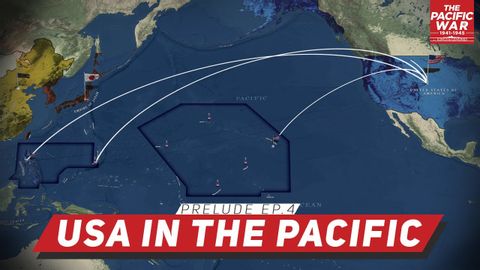
字幕與單字
How America Became an Empire - Pacific War #0.4 DOCUMENTARY(How America Became an Empire - Pacific War #0.4 DOCUMENTARY)
00
香蕉先生 發佈於 2022 年 06 月 27 日收藏
影片單字
present
US /ˈprɛznt/
・
UK /'preznt/
- adj.出席;在場的;目前的
- n.正在進行的;現在時態;目前的;禮物
- v.t.介紹;主持;介紹;展現;贈送
- v.i.出現
A1 初級多益初級英檢
更多 使用能量
解鎖所有單字
解鎖發音、解釋及篩選功能
